What is the best fish species to farm for a newbie?
Starting with fish farming feels overwhelming with so many choices. You want to succeed but fear making a costly mistake. The complexity of modern systems doesn't help, leaving you wondering where to even begin.
For beginners, the best fish to farm are Tilapia, Carp, and Catfish. These species are hardy, grow quickly, and are forgiving of common beginner mistakes in water management, making them ideal for a successful first harvest.
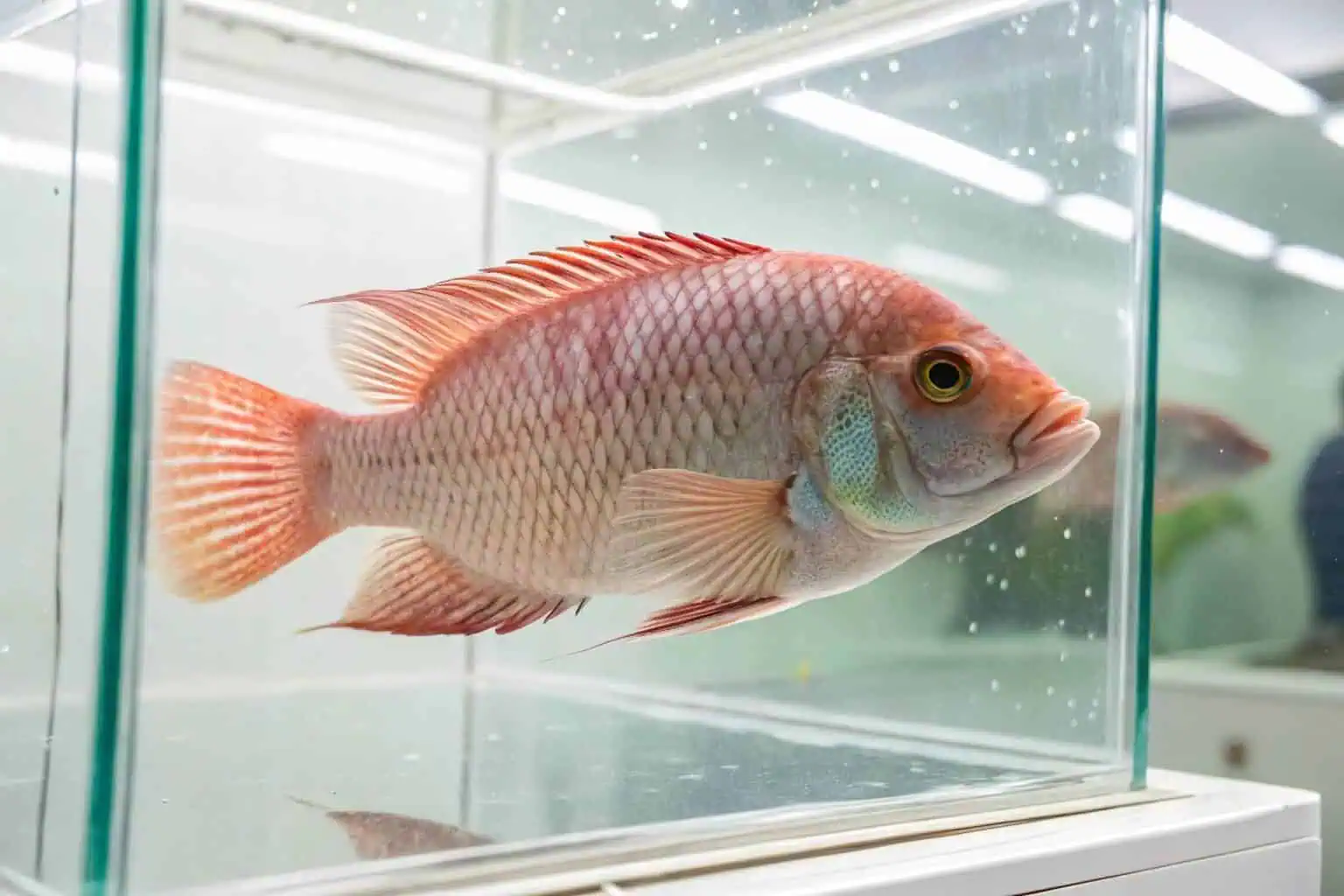
Choosing the right fish is the first and most critical step on your fish farming journey. As someone who has spent years in this industry, I've seen many newcomers struggle because they picked a species that required expert-level care. But don't worry, I'm here to guide you through the simplest and most effective options to get you started. Let's dive into the specifics and find the perfect fish for you.
What is the easiest fish to farm?
Are you looking for a fish that practically raises itself? You're tired of hearing about complicated setups and delicate species. You just want a straightforward path to getting started in aquaculture without the steep learning curve.
Tilapia is widely considered the easiest fish to farm. It's incredibly resilient, adapts to various water conditions, and has a simple diet. Its rapid growth and breeding rates mean you can see results quickly, which is a huge motivator for any beginner.
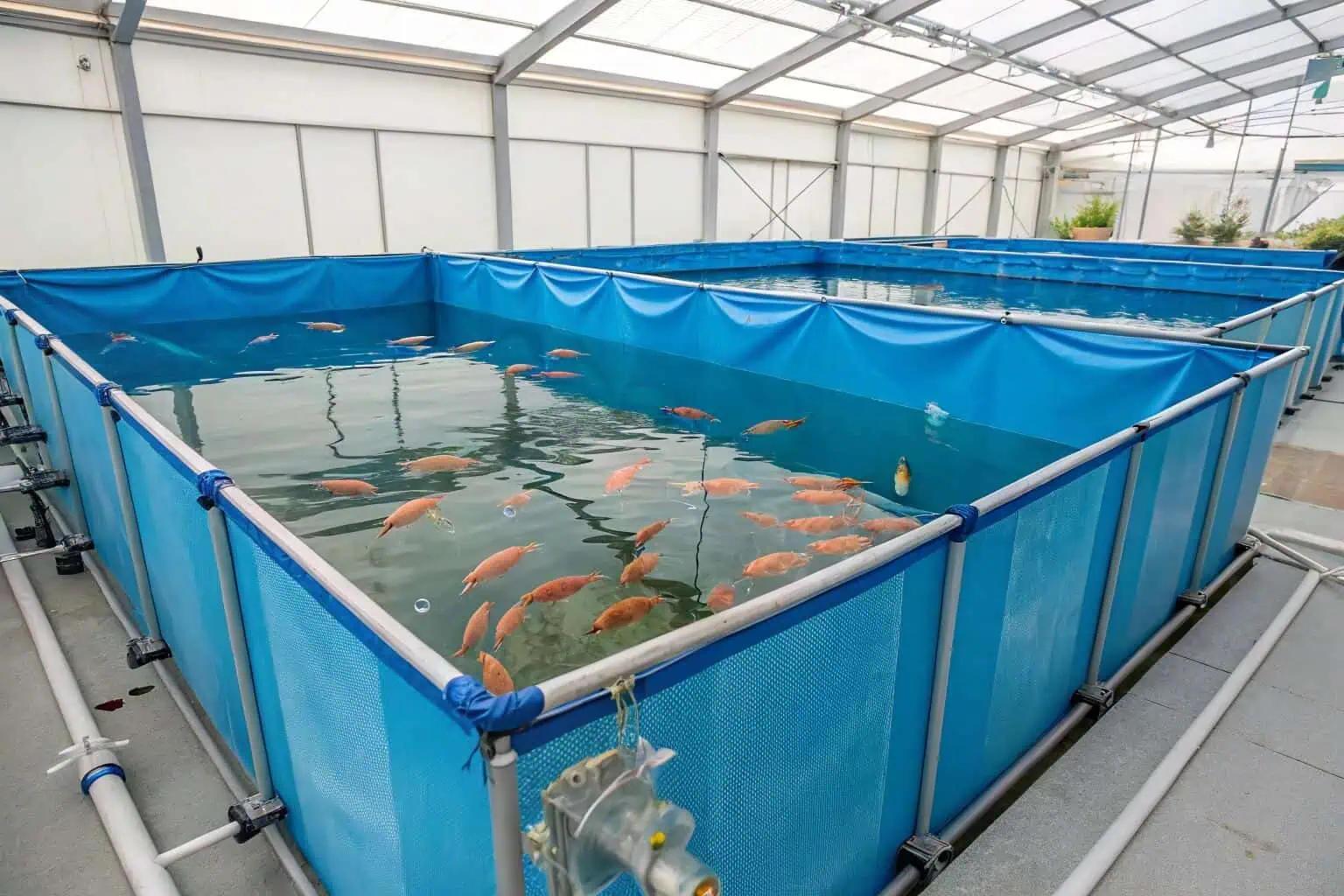
Upon starting out, I was told that successful fish farming demanded a deep understanding of water chemistry and biology. While this holds true for many species, Tilapia truly breaks the mold. They are the perfect starter fish, offering ample room to learn and make mistakes without the risk of losing your entire stock. I still recall being amazed by the thriving of my first batch of Tilapia, even as I was still grappling with the fundamentals of pH levels1 and feeding schedules. Their inherent hardiness is precisely what makes them a top recommendation for anyone new to the field.
Why Tilapia is So Forgiving
Tilapia's reputation as a beginner-friendly fish2 comes from a few key traits. First, their tolerance for a wide range of water quality is unmatched. While other fish might get sick or die if the ammonia levels spike slightly, Tilapia can often handle it, giving you time to correct the issue. Second, they are omnivores and will eat almost anything, from commercial fish pellets to algae and plant matter. This flexible diet simplifies feeding and can help reduce costs. Lastly, they grow fast, reaching a harvestable size in just 6 to 8 months.
Comparing Easy-to-Farm Fish
While Tilapia is a star, it's not the only option. Catfish is another excellent choice for beginners, known for its resilience and simple needs. Let's compare them.
| Feature | Tilapia | Catfish |
|---|---|---|
| Water Tolerance3 | Very High (Tolerates low oxygen) | High (Can breathe air) |
| Diet | Omnivore (Pellets, algae) | Omnivore (Prefers protein) |
| Growth Rate4 | Fast (6-8 months) | Fast (6-9 months) |
| Breeding | Very Easy (Prolific breeders) | Moderate (Requires specific conditions) |
| Market Demand5 | High (Globally popular) | High (Especially in certain regions) |
Both are fantastic choices, but Tilapia's tendency to breed easily in tanks can be both a pro and a con. You'll have a self-sustaining population, but you'll also need to manage it to prevent overcrowding. For my farm, I use Bancy's collapsible plastic fish tanks, which make it easy to separate different sizes and manage breeding populations effectively.
What is the best fish to get for beginners?
As a beginner, you want a fish that won't just survive, but thrive under your care. The thought of investing time and money into a project only to see it fail is discouraging. You need a reliable species that builds your confidence.
Carp is one of the best fish for beginners due to its incredible hardiness and adaptability. It can withstand fluctuations in temperature and water quality that would be lethal to other species, making it a very safe bet for your first farming venture.
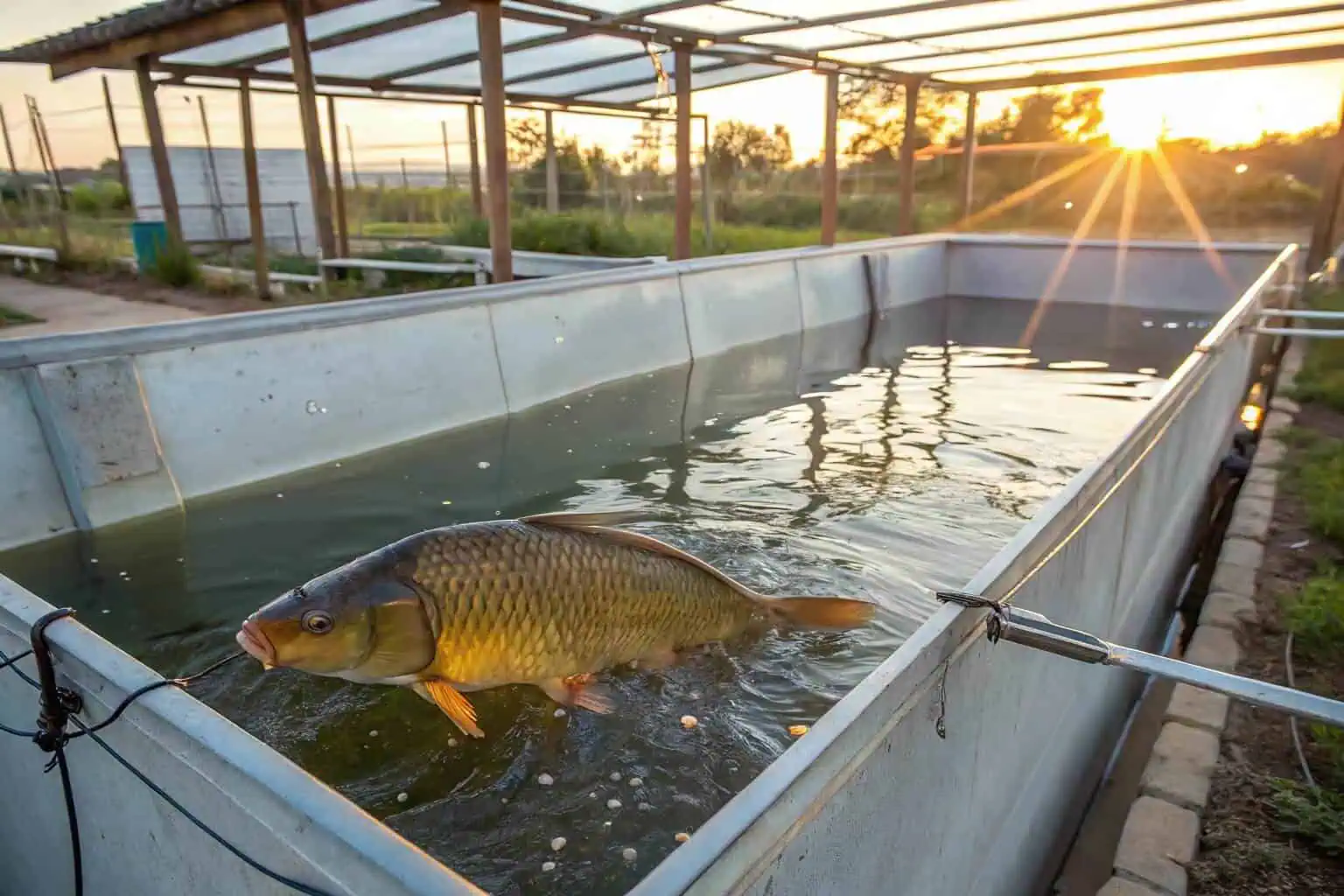
I often recommend carp to people who are just starting out, especially if they are using simpler systems like ponds or large tanks. My first experience with carp was when I helped a small farm set up their first pond. We stocked it with Common Carp, and the owner was thrilled with how low-maintenance they were. They grew steadily with minimal intervention, which was exactly the confidence boost he needed. This experience solidified my belief that carp is a perfect starting point for building a successful aquaculture practice6.
The Advantages of Farming Carp
Carp, including varieties like Common Carp and Grass Carp, have been farmed for centuries, and for good reason. They are exceptionally tough. They can live in water that isn't perfectly clean and handle colder temperatures better than tropical fish like Tilapia. This resilience reduces the daily stress of water management. Furthermore, their diet is straightforward. Common Carp are bottom-feeders that sift through mud for food, while Grass Carp are herbivores that can help control aquatic weeds in a pond. This can lower your feed costs significantly.
Setting Up for Carp Farming
One of the great things about carp is that they don't require highly complex systems. A simple pond or a large, sturdy tank is often sufficient. For those without the space for a pond, a large collapsible tank is an excellent alternative. At Bancy, we provide several types of tanks perfect for this. Our Galvanized Sheet Fish Tanks are incredibly durable and offer a stable environment for the fish. They are a great long-term investment. For a more portable or temporary setup, our Collapsible Plastic Fish Tanks are ideal. They are easy to set up and move, giving you flexibility as you grow your operation.
| Tank Type | Best For | Key Advantage |
|---|---|---|
| Earthen Pond7 | Large-scale, low-cost | Natural environment, minimal setup |
| Galvanized Sheet Tank8 | Medium to large-scale, long-term | Extreme durability, controlled environment |
| Collapsible Plastic Tank9 | Small to medium-scale, flexibility | Portability, easy setup and storage |
No matter the system, the key is providing enough space for the carp to grow. They are active fish and need room to swim. Starting with a robust and reliable species like carp sets you up for a positive and rewarding experience in fish farming.
What is the best fish to breed for beginners?
Thinking about breeding fish can seem like a huge leap. You're worried about complex mating rituals and the need for special hatchery equipment. You want to create a sustainable cycle but don't know which fish makes it easy.
Tilapia is hands-down the best fish for beginners to breed. They reproduce prolifically with almost no special intervention required. A single pair can produce hundreds of offspring, providing a consistent supply of new fish for your farm.
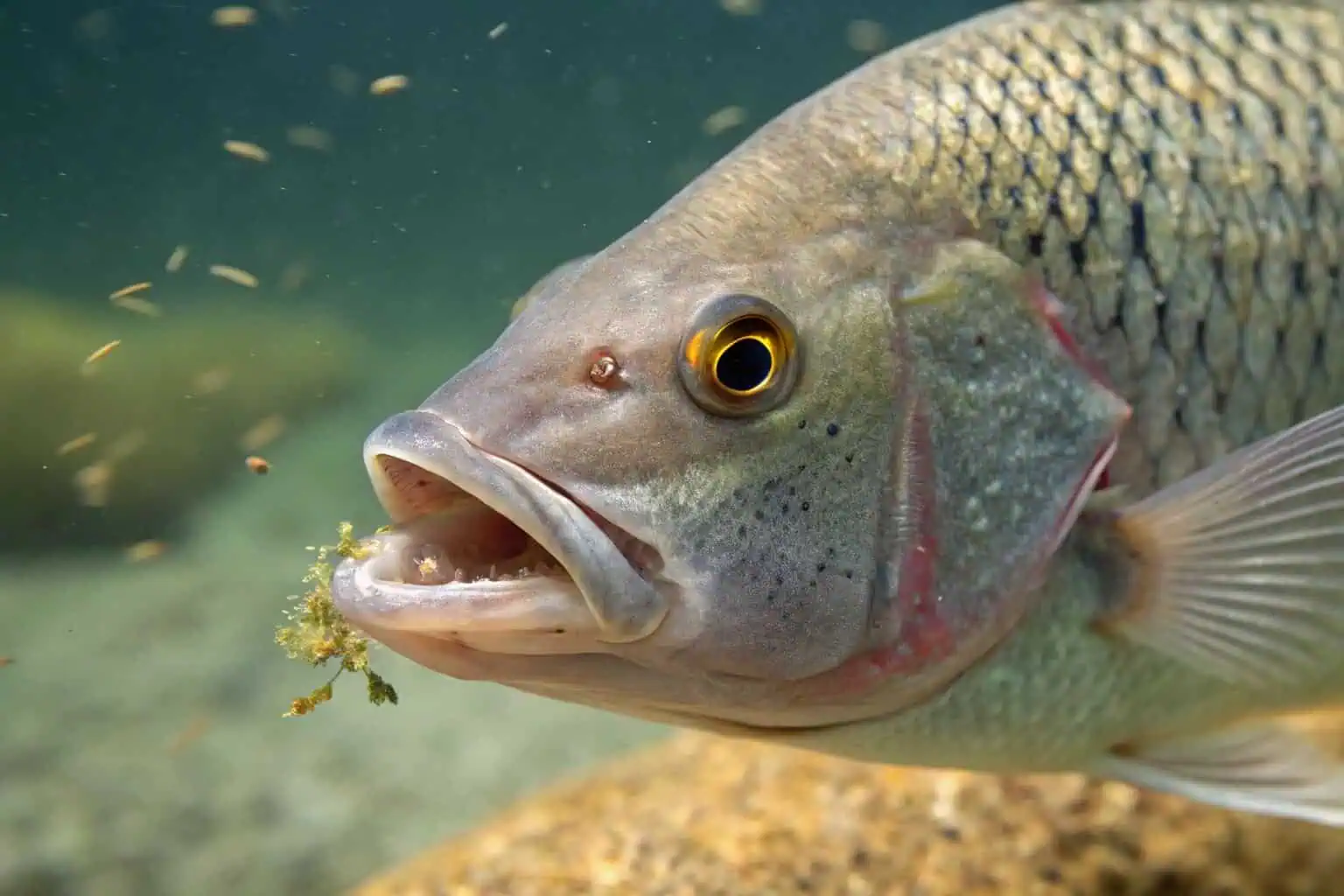
One of the most exciting moments for me as a farmer was seeing the first cloud of tiny fry (baby fish) in my Tilapia tank. I hadn't done anything special; I just provided a good environment, and nature took its course. This is why I always point beginners toward Tilapia for breeding. It's incredibly rewarding and shows you the full life cycle of fish farming without the technical challenges that come with breeding other species10 like Catfish or Trout, which often require hormonal induction and specialized hatchery setups.
The Simplicity of Tilapia Breeding
Tilapia are mouthbrooders11. This means the female carries the fertilized eggs in her mouth until they hatch, and she continues to protect the fry in her mouth for a short period afterward. This natural protection results in a very high survival rate for the young fish. To get them to breed, you really only need to do two things: provide warm water (around 25-30°C or 77-86°F) and have both male and female fish in the same tank. The males will create a nest at the bottom of the tank, and the breeding process will begin naturally. You don't need any special equipment, just a stable environment.
Managing Your Breeding Population
While their ease of breeding is a huge plus, it also requires management. If left unchecked, your tank can quickly become overpopulated, which will stunt the growth of all the fish. To manage this, I use a multi-tank system12. I have a main tank for the mature, breeding population. Once I see fry, I can either let them grow with the parents or move them to a separate grow-out tank. This is where Bancy's products shine. I use a large Galvanized Pipe Fish Tank for my main stock and a few smaller Collapsible Plastic Fish Tanks for the fry. This setup is flexible and allows me to scale my production easily.
| Step | Action | Purpose |
|---|---|---|
| 1. Setup | Place mature male and female Tilapia in a warm tank. | To encourage natural breeding behavior. |
| 2. Observation | Watch for nesting behavior and fry. | To know when breeding has been successful. |
| 3. Separation | Move fry to a separate grow-out tank13. | To prevent overcrowding and ensure fry get enough food. |
| 4. Growth | Raise the fry in the separate tank until they are large enough. | To create the next generation for your farm. |
This simple cycle allows you to create a self-sustaining fish farm14 with minimal effort, making Tilapia the undisputed champion for beginner breeders.
What is the most profitable fish to farm?
Ultimately, you're getting into fish farming to make a profit. You're concerned about high setup costs and ongoing expenses eating into your revenue. You need to know which fish will give you the best return on your investment.
While profitability depends heavily on your local market and operational costs, Tilapia and Carp are consistently among the most profitable fish to farm for beginners due to their fast growth, low feed costs, and strong market demand.
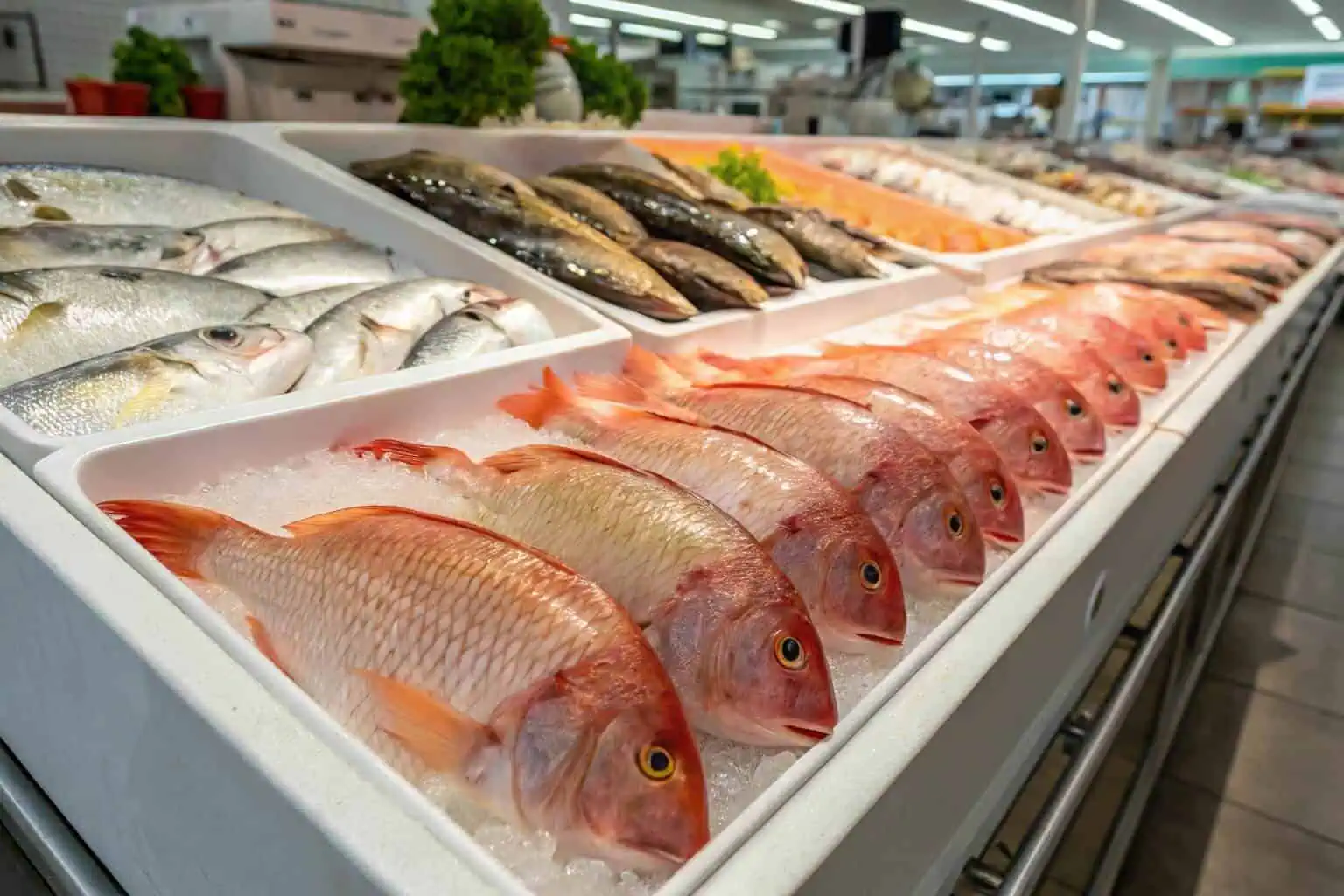
I've consulted with many aspiring fish farmers, and the question of profit always comes first. The truth is, there's no single magic fish that guarantees wealth. However, by choosing a species with favorable economics, you dramatically increase your chances of success. I've seen farmers build successful businesses around both Tilapia15 and Carp16 because they are efficient to raise and always have buyers. The key is to manage your costs effectively and understand what your local market wants.
Analyzing Profitability: Tilapia vs. Carp
To understand which might be more profitable for you, let's break down the key financial factors. Tilapia generally grows faster and can be raised in higher densities, meaning you can produce more fish in a smaller space. This is a huge advantage if you are using tanks. Carp, on the other hand, can often be raised with lower feed costs, especially if you have a pond where they can forage naturally. The market price17 is also a critical factor. In some regions, Tilapia fetches a higher price, while in others, Carp is a more sought-after staple.
Here’s a simplified comparison to illustrate the point:
| Factor | Tilapia | Carp |
|---|---|---|
| Time to Market18 | 6-8 months | 8-12 months |
| Feed Conversion Ratio19 | Low (Efficient) | Very Low (Can forage) |
| Stocking Density20 | High | Moderate |
| Market Price | Generally Moderate to High | Generally Moderate |
| Initial Setup | Can be low with tanks | Can be low with ponds |
Maximizing Your Profits
To maximize your profitability, you need to be smart about your setup. This is where choosing the right equipment comes in. At Bancy, we focus on providing cost-effective and durable solutions. Our Galvanized Sheet and Pipe Fish Tanks are a one-time investment that will last for years, reducing your long-term equipment costs. For those starting small, our Collapsible Plastic Fish Tanks offer a low-cost entry point. By keeping your initial investment down, you can become profitable much faster. Additionally, we can customize tanks21 to your specific size requirements, ensuring you are not paying for unused space. By combining a profitable fish species with efficient, high-quality equipment, you create a solid foundation for a successful business.
Conclusion
Choosing the right fish like Tilapia or Carp is your first step to success. By starting simple with a hardy species and using reliable equipment, you can build a profitable and rewarding fish farming business.
-
This link will explain the significance of pH levels in aquaculture, helping you maintain a healthy environment for your fish. ↩
-
Exploring this resource will help you understand why Tilapia is a great choice for beginners and what other options exist. ↩
-
Understanding water tolerance can help in selecting the right fish for aquaculture and ensuring their survival in varying conditions. ↩
-
Knowing the growth rates of these fish can aid in planning for aquaculture and maximizing yield. ↩
-
Exploring market demand can guide investment decisions in fish farming and help in targeting the right markets. ↩
-
Learn essential tips and strategies for establishing a thriving aquaculture practice, ensuring long-term success. ↩
-
Explore the advantages of Earthen Ponds, including their natural environment and cost-effectiveness for large-scale projects. ↩
-
Learn about the extreme durability and controlled conditions offered by Galvanized Sheet Tanks for long-term use. ↩
-
Discover the portability and ease of setup of Collapsible Plastic Tanks, perfect for flexible water storage solutions. ↩
-
This resource will help you understand the complexities involved in breeding other fish species, emphasizing why Tilapia is a better choice for beginners. ↩
-
Understanding mouthbrooders can enhance your fish breeding knowledge and improve your success rate. ↩
-
Explore this link to understand how a multi-tank system can optimize fish breeding and management effectively. ↩
-
Understanding grow-out tanks is vital for optimizing fish growth and management in aquaculture systems. Click to learn more! ↩
-
Explore this link to understand how self-sustaining fish farms can save resources and enhance sustainability in aquaculture. ↩
-
Exploring the economic benefits of Tilapia farming can provide insights into its profitability and market demand. ↩
-
Understanding the profitability of Carp farming can help you make informed decisions about your fish farming venture. ↩
-
Understanding market price dynamics can help you strategize better for your fish farming venture and maximize profits. ↩
-
Knowing the Time to Market is essential for planning and optimizing fish farming operations effectively. ↩
-
Understanding the Feed Conversion Ratio helps in evaluating the efficiency of fish farming, crucial for profitability. ↩
-
Exploring Stocking Density can provide insights into maximizing yield and managing resources in aquaculture. ↩
-
Discover the various customization options for fish tanks to optimize your aquaculture space and efficiency. ↩